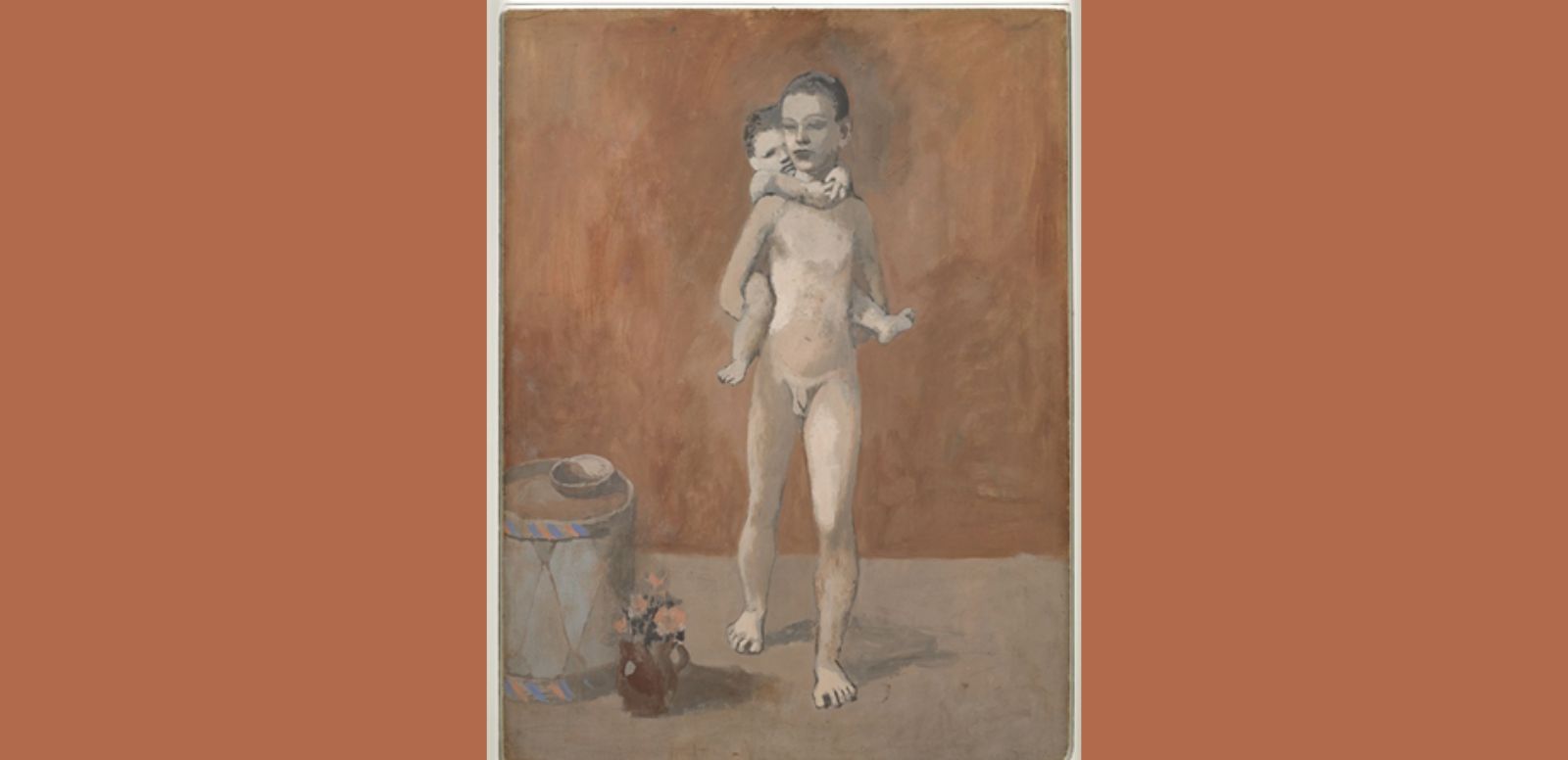
Musée national-Picasso París
© Sucesión Picasso, VEGAP, Madrid, 2023
Monday- Saturday 10:00 a.m. - 9:00 p.m.
Sunday10:00 a.m. - 2:30 p.m.
Tuesday closed
El Museo Nacional Centro de Arte Reina Sofía presenta Picasso 1906: La gran transformación, la última exposición del programa oficial. La exhibición estará abierta al público del 15 de noviembre al 4 de marzo de 2024.
The Museo Nacional Centro de Arte Reina Sofía presents Picasso 1906: The Great Transformation, the last exhibition of the official program. The exhibition will be open to the public from November 15 to March 4, 2024.
Curated by Eugenio Carmona, the show aims to shed new light on Picasso's initial contribution to the definition of "modern art." To date, 1906 has been regarded as an extension of the artist's pink period or as a prologue to his famous work Les Demoiselles d'Avignon (1907). However, it is now recognized that 1906 was a unique and significant artistic period in Picasso's creative evolution.
At the age of 25, Picasso was a young artist but already mature in his aesthetic criteria. However, in 1906, he took a radical turn in his life and work, and left behind the bohemian and melancholic symbolism of the late 19th century. In this new period, he sought to refound the artistic experience surrounded by friends, poets, art dealers and collectors who shared his vision of change and renewal. The influence of figures such as Gertrude Stein, American writer, author of poetry and theater and friend of Picasso, played an essential role in his artistic transformation, marking the birth of modern art.
One of the most intriguing aspects of this year was Picasso's relationship with so-called "primitive art". Picasso studied Iberian, protohistoric Mediterranean and ancient Egyptian art, among others. The artist did not perceive these influences as mere formal elements, but as cultural presences with a profound significance in collective rituals and a powerful connection to the spiritual. This immersion in "primitive art" was a transformative act that contributed significantly to the evolution of his art.
Picasso 1906: The Great Transformation is divided into eight sections. Each deals with a unique facet of the artist's work in this pivotal year. The tour begins with the linguistic use of the body in his work prior to 1906 and continues by exploring the "Golden Age" as a symbol of a new beginning. It analyzes the perception of art and its relationship to Art History and the identity of Gósol, a town in the Lleida Pyrenees in Catalonia, and its influence on Picasso's work. One section focuses on the image of Fernande Olivier, Picasso's companion at the time, and the evolution of her representation. This leads to a discussion of how Picasso used "primitive" elements in the creation of new facial representations, ending with the concept of transformation. Finally, the exhibition offers, in a brief epilogue, how Picasso's influences in 1906 endured and continue to be present in his later works.

